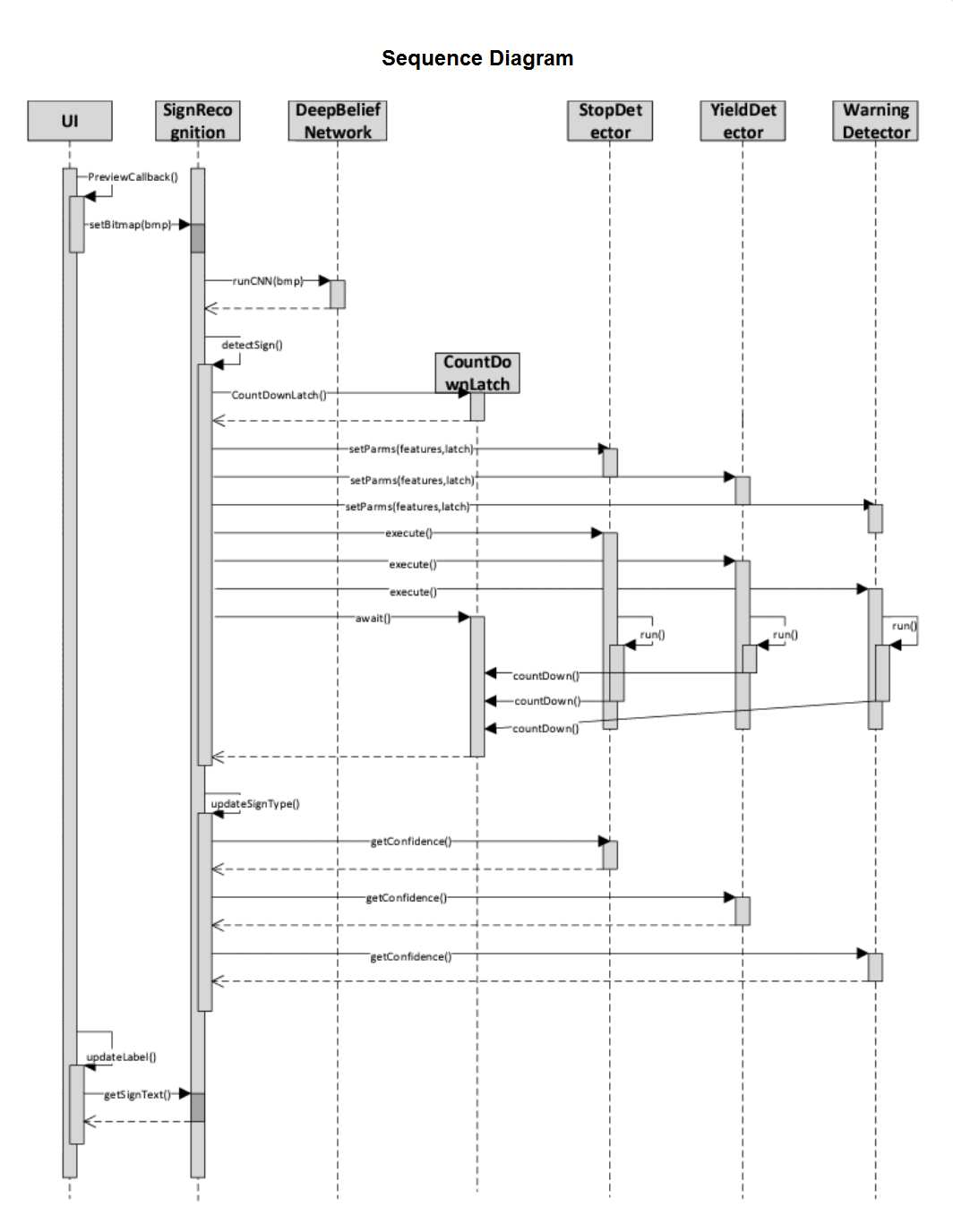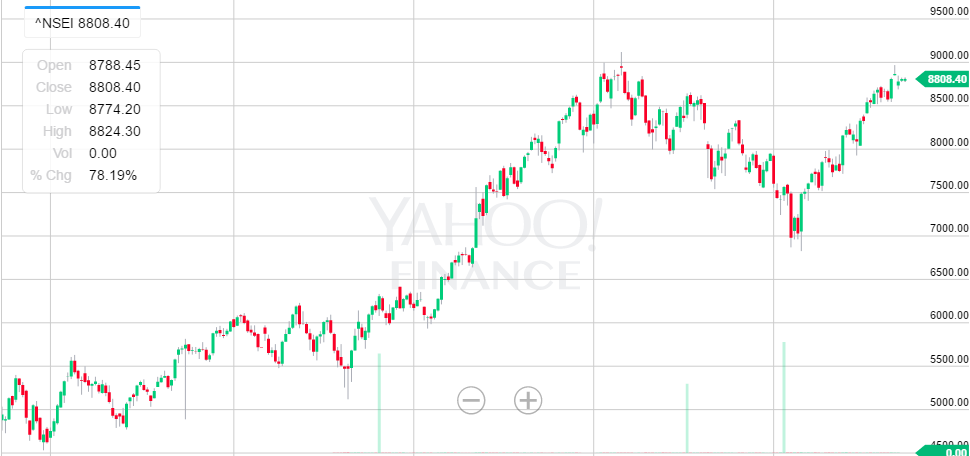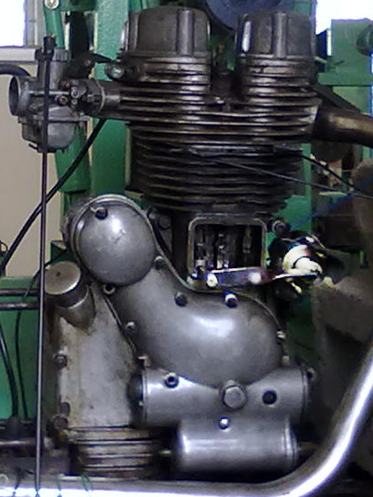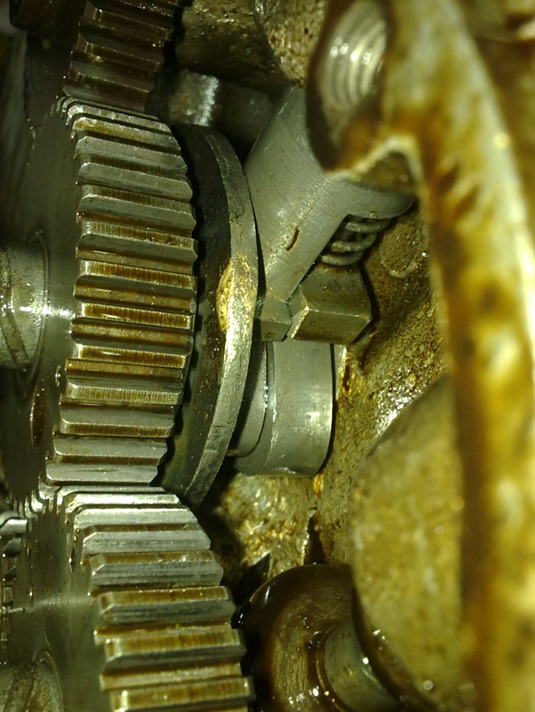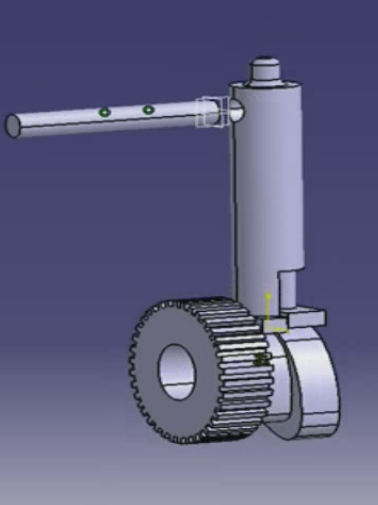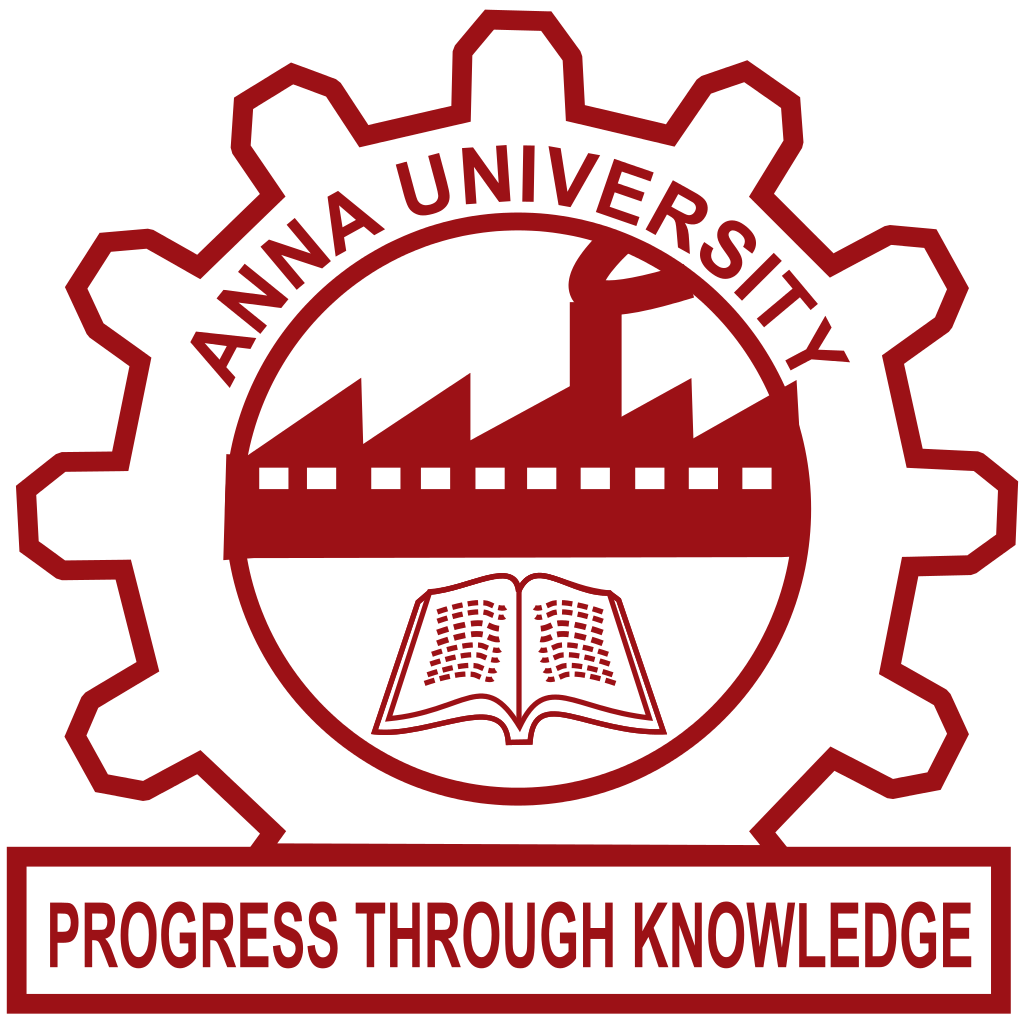John Titus
Think like a Scientist, Build like an Engineer
I have a Bachelors degree in Mechanical Engineering and a Masters degree in Robotics - Artificial Intelligence. One degree helps me answer a few things I observe in the physical world, but the other just makes me ask philosophical questions.

